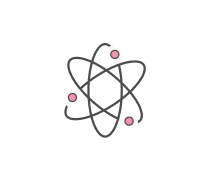Test On Chapter 25 Nuclear Chemistry Vocabulary Review 10/4/10
2.
You may optionally provide this to label your report, leaderboard, or certificate.
×
Thank you for your feedback!
















